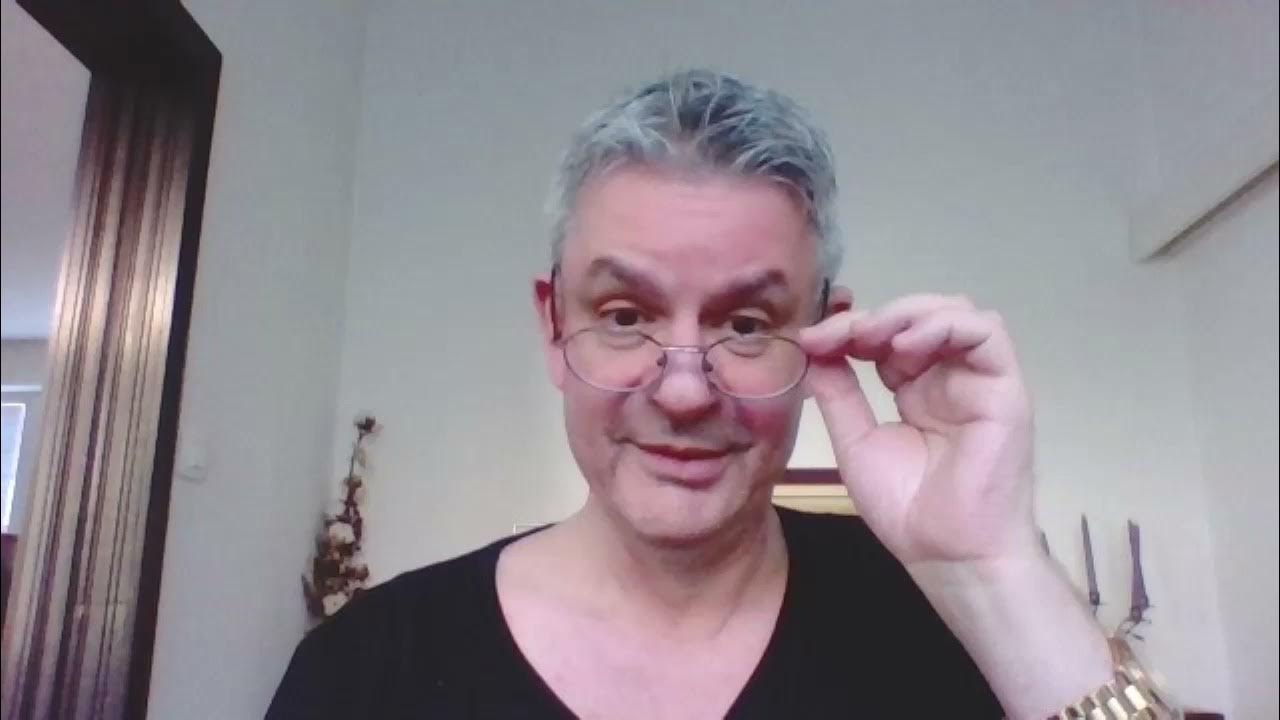Reel Bad Arabs: How Hollywood Vilifies a People
Summary
TLDRIn this thought-provoking talk, Dr. Jack Shaheen addresses the detrimental portrayal of Arabs in Hollywood, highlighting a century of vilifying stereotypes that reduce an entire culture to subhuman caricatures. He connects historical events, such as the end of the Cold War and the 9/11 attacks, to the ongoing narrative of enemy representation in media. By comparing the treatment of Arabs to that of other marginalized groups, Shaheen calls for a reevaluation of how these identities are depicted in film. Ultimately, he urges individuals to challenge these harmful portrayals and advocate for more humanizing representations in cinema.
Takeaways
- 🌍 The end of the Cold War led to 'enemy deprivation syndrome,' raising questions about the role of Western militaries without a clear adversary.
- 📅 The 9/11 attacks shifted the perception of enemies, positioning radical Islamists and Arabs as new threats in Western narratives.
- 🎬 Dr. Jack Shaheen emphasizes the harmful stereotypes of Arabs in Hollywood, likening their portrayal to that of subhumans historically used by Nazis.
- 📽️ Over 1,100 films before 9/11 depicted Arabs negatively, contributing to a longstanding pattern of vilification in American cinema.
- 🕌 Hollywood often presents Arabs as villains or comic relief, perpetuating a narrative that strips them of their humanity.
- 🕌 Disney's *Aladdin* is cited as an example of a film that recycles degrading stereotypes, influencing children's perceptions worldwide.
- 🌐 The media has a significant role in shaping narratives about political conflicts, particularly the Israeli-Palestinian issue, often humanizing Israelis while dehumanizing Palestinians.
- ❓ Shaheen challenges why Hollywood refuses to humanize Palestinians in the same way it humanizes Israelis, questioning underlying biases.
- 🗣️ Speaking out against vilification in media is essential; silence only perpetuates injustice and discrimination against marginalized groups.
- 🎥 The need for a breakthrough film that portrays Arab characters positively is highlighted, similar to representations achieved for other marginalized communities in Hollywood.
Q & A
What is the significance of the term 'enemy deprivation syndrome' in the context of the Cold War?
-The term 'enemy deprivation syndrome' refers to the confusion and challenges faced by Western militaries after the Soviet Union's collapse, questioning their purpose and the threats they were meant to deter.
How did the events of September 11, 2001, impact the perception of enemies in Western societies?
-After 9/11, radical Islamists were perceived as a new enemy, filling the void left by the Soviet Union and leading to the vilification of Arabs and Muslims in Western media.
What role does cinema play in shaping perceptions of different cultures, according to Dr. Jack Shaheen?
-Dr. Shaheen argues that cinema is a powerful tool for propaganda, significantly influencing public opinion and shaping stereotypes through repetitive negative imagery of Arabs and Muslims.
What historical figures does the speaker reference to emphasize cinema's influence?
-The speaker references Lenin, who regarded cinema as a crucial art form for conveying thought, and Gerhard, who discussed the effectiveness of repeated propaganda messages.
What stereotypes of Arabs and Muslims does Dr. Shaheen highlight in his discussion?
-Dr. Shaheen highlights stereotypes portraying Arabs as subhuman, villains, and one-dimensional caricatures used primarily for comic relief or as stock villains in films.
How does the representation of Palestinians in media differ from that of Israelis, according to the transcript?
-Palestinians are often depicted as terrorists and villains in films, whereas Israelis are humanized, leading to a stark contrast in how both groups are portrayed in mainstream media.
What does Dr. Shaheen suggest about the need for new voices in the film industry?
-Dr. Shaheen advocates for the inclusion of diverse voices in filmmaking to create more balanced representations of Arabs and Muslims, as well as to challenge existing stereotypes.
What criticism does the audience member raise regarding the suggestion for more polite representation of stereotypes?
-The audience member criticizes the idea of merely promoting polite behavior in representation, arguing that it does not address the underlying realities and systemic issues that contribute to negative portrayals.
What is the relationship between media ownership and the perpetuation of stereotypes, as discussed in the transcript?
-The transcript suggests that media ownership and its ties to politics may perpetuate negative stereotypes, limiting the opportunity for new, diverse perspectives to emerge in film.
What overarching message does Dr. Shaheen convey about speaking out against stereotypes?
-Dr. Shaheen emphasizes the moral and ethical obligation to speak out against the demonization of any group and to challenge harmful stereotypes whenever they appear in media.
Outlines

This section is available to paid users only. Please upgrade to access this part.
Upgrade NowMindmap

This section is available to paid users only. Please upgrade to access this part.
Upgrade NowKeywords

This section is available to paid users only. Please upgrade to access this part.
Upgrade NowHighlights

This section is available to paid users only. Please upgrade to access this part.
Upgrade NowTranscripts

This section is available to paid users only. Please upgrade to access this part.
Upgrade NowBrowse More Related Video

WOMEN need GAME too: understanding how women get commitment

How to make diseases disappear | Rangan Chatterjee | TEDxLiverpool

Ep:264 PROOF THAT PLANTS AND VEGANISM IS NOT A HUMAN DIET - by Robert Cywes

Hoe houden onze hersenen ons voor de gek? (1/5)

Is Addiction Healthy? Are We Getting It ALL WRONG?

All men are incels: the bitter truth

Why Being Less Motivated Leads To More Results
5.0 / 5 (0 votes)